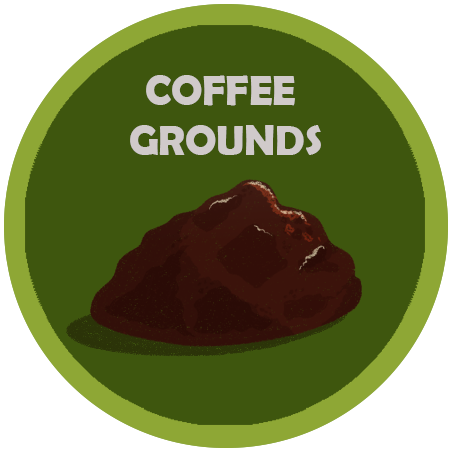.jpeg)
.jpeg)

About Raccoon Rescuers

Problems in household recycling

Sufficient access, Insufficient recycling
How might we make learning about proper recycling fun?

Game play design

Logic Diagram


Sketch model & Test


LOFI prototype


HIFI prototype
User testing with Hi-Fi model
Enhancing the game playing experience


















































Data coded trash
User oriented design
.jpeg)
Storybook and game manual







Neatly arranged packaging
Intuitive experience

Designed for the environment
.jpeg)


Beyond green: Why market research matters in game development




.jpeg)